Data Protection, Privacy and Identity Management
Data Protection, Privacy and Identity Management

Data Protection, Privacy and Identity Management

Product security

With today’s fast-evolving threat landscape, a holistic cloud incident response framework that considers an expansive scope of factors for cloud outages is necessary. The working group aims to develop a holistic Cloud Incident Response (CIR) framework that comprehensively covers key causes of cloud incidents (both security and non-security related), and their handling and mitigation strategies. The aim is to serve as a go-to guide for cloud users to effectively prepare for and manage the aftermath of cloud incidents, and also a transparent and common framework for Cloud Service Providers to share with cloud customers their cloud incident response practices. Imperative factors of cloud incidents including, but not limited to, operational mistakes, infrastructure or system failure, environmental issues, cyber security incidents and malicious acts will be included in development of the framework.

Collaboration and coordination among all stakeholders are critical to secure the cloud platform. The current gap is that there is no defined guideline dividing the security roles and responsibilities between the Cloud Service Providers (CSPs) and Cloud customers; on how to secure Cloud services in different Cloud deployment models. This is especially the case for those who have little cloud security knowledge. This WG aims to develop guidelines for CSPs to secure its Cloud platform and provide Cloud security services to Cloud users; for Cloud users to select security qualified CSPs; for security vendors to develop their Cloud-based security products and services. Subsequently, this WG hopes to develop a platform for CSPs to publish their security requirements; for security vendors to share their security products and services, and to provide a platform for interoperability testing.
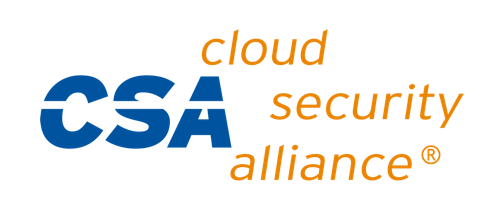
The Mobile Application Security Testing (MAST) initiative aims to create a safer cloud ecosystem for mobile applications by creating systematic approaches to application testing and vetting that helps integrate and introduce quality control and compliance to mobile application development and management. This initiative hopes that more research into mobile application security vetting and testing will help reduce the risk and security threats that organizations and individuals expose themselves to using mobile applications. Implementation of MAST will result in clearly articulated recommendations and best practices in the use of mobile applications. Mobile application security testing and vetting processes utilized through MAST involve both static and dynamic analyses to evaluate security issues of mobile applications for platforms such as Android, iOS and Windows.
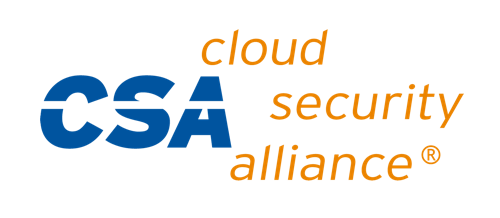
As businesses are developing rapidly, and IT infrastructures are constantly diversified, a single public / private cloud or a traditional on-premises datacenter is no longer able to meet service requirements in terms of costs, performance, scalability, security, and compatibility. Users are increasingly choosing hybrid clouds to meet their needs. Hybrid clouds take advantage of various clouds and traditional IT infrastructures and work systematically to benefit the users based on their service requirements.However, hybrid clouds pose new security risks, bringing a few challenges on security protection. This initiative aims to develop a security white paper specifying hybrid cloud security risks and countermeasures, helping users identify and reduce risk. This initiative proposes to provide suggestions on hybrid cloud governance, hybrid cloud threat profiles, and hybrid cloud security evaluation, guiding both users and cloud service providers to choose and provide secure hybrid cloud solutions, and promoting security planning and implementation.

‘Vanilla’ cloud environments were typically not made to handle harsh environments like that of High Performance Computing (HPC) Cloud Security. Technical concerns for HPC are further complicated by the complex and ever-evolving threat landscape. As we increasingly see cases of pure HPC bare metal infrastructure interacting with the cloud such as I/O interfaces and processes, it brings along more ‘opportunities’ for malicious attacks. While this should be considered and integrated into security policies and guidelines, performance face the perilof being compromised as precious resources are carved out for security protocols and processes. The crossing of cloud and HPC environments often leads us to questions of how security in an HPC cloud environment can be implemented, enforced and ensured without the need to compromise performance. This Working Group strives to provide recommendations that can answer these questions.

Businesses are now requiring a stronger collaboration between the development, security and operational functions. This addition of security creates DevSecOps. In the past, the security needs were either skipped or only addressed after the deployment of applications, or worse after security vulnerabilities were exploited. Such an approach increased risks to the deployment and contributed towards a more hostile relationship between security and the development and operations teams. DevSecOps focuses on creating a transparent and holistic management approach that leverages the synergies between the development, security and operational functions, making way towards a proactive and agile security stance. By addressing cultural changes within the work force and adhering to a new combination of tactics, security can become a functioning part across all life cycles and developments.
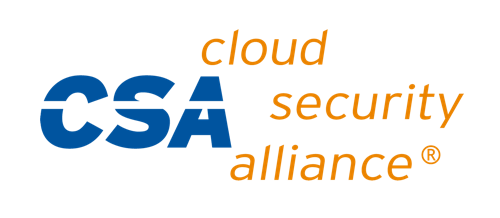
ISO/IEC 2382-37:2017 establishes a systematic description of the concepts in the field of biometrics pertaining to recognition of human beings and reconciles variant terms in use in pre-existing biometric standards against the preferred terms, thereby clarifying the use of terms in this field.
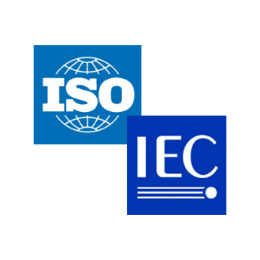
This specification describes a JavaScript API for performing basic cryptographic operations in web applications, such as hashing, signature generation and verification, and encryption and decryption. Additionally, it describes an API for applications to generate and/or manage the keying material necessary to perform these operations. Uses for this API range from user or service authentication, document or code signing, and the confidentiality and integrity of communications.
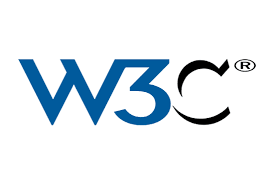
This document describes how an author can set a referrer policy for documents they create, and the impact of such a policy on the Referer HTTP header for outgoing requests and navigations.
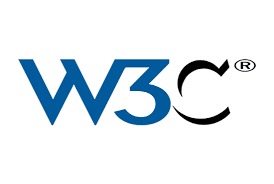
The OASIS KMIP TC works to define a single, comprehensive protocol for communication between encryption systems and a broad range of new and legacy enterprise applications, including email, databases, and storage devices. By removing redundant, incompatible key management processes, KMIP will provide better data security while at the same time reducing expenditures on multiple products.
